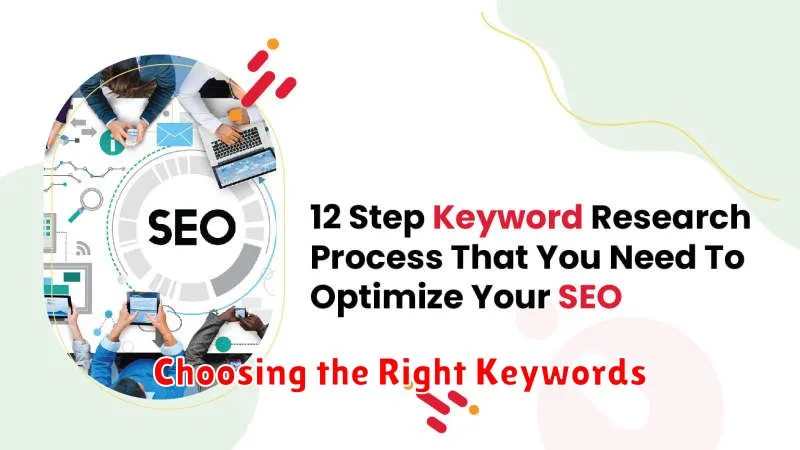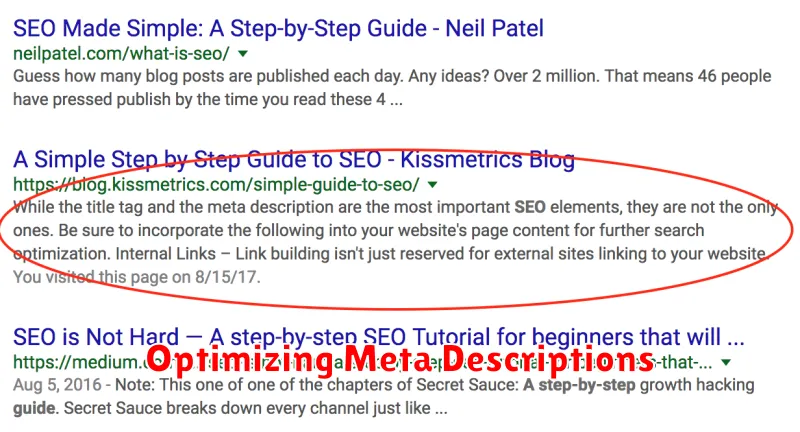In today’s digital landscape, a strong online presence is crucial for any business or individual seeking to expand their reach. Creating SEO-friendly blog posts is a powerful way to attract organic traffic, establish authority in your niche, and ultimately achieve your online goals. This comprehensive guide will equip you with the essential knowledge and practical techniques to write blog posts that not only captivate your target audience but also rank high in search engine results pages (SERPs). Learning how to write SEO-friendly blog posts is an investment that will pay dividends in the long run.
This article delves into the art of crafting SEO-friendly blog posts that seamlessly blend engaging content with SEO best practices. We’ll explore keyword research, on-page optimization, and content structuring techniques that will elevate your blog posts to the top of search engine rankings. From understanding user intent to mastering the nuances of SEO writing, you’ll gain the insights necessary to create high-quality, SEO-friendly blog posts that drive traffic and convert readers into loyal followers. Whether you’re a seasoned blogger or just starting out, this guide provides a roadmap to SEO success.
What Is an SEO Blog Post?
An SEO blog post is a piece of content specifically crafted to rank well in search engine results pages (SERPs). It’s designed to attract organic traffic by targeting specific keywords that users search for online. This means the blog post is optimized to be both informative and engaging for readers, while also adhering to technical SEO best practices.
Essentially, it’s the marriage of high-quality content creation and strategic search engine optimization. The goal is to provide valuable information to users while also signaling to search engines like Google that the content is relevant and authoritative.
Key characteristics of an SEO blog post include the strategic use of relevant keywords, a well-structured format with headings and subheadings, optimized meta descriptions, and high-quality, original content.
Choosing the Right Keywords

Keyword research is a crucial step in crafting SEO-friendly blog posts. It involves identifying the terms your target audience uses when searching for information related to your topic.
Effective keyword selection helps search engines understand the content of your post, increasing its visibility in search results. Consider both short-tail keywords (single words or phrases) and long-tail keywords (longer, more specific phrases) to attract a wider audience.
Utilize keyword research tools to identify relevant keywords with a good balance of search volume and competition. Look for keywords that are relevant to your topic, have a reasonable search volume, and aren’t overly competitive.
Structuring Content with Headings
Using headings correctly is crucial for both readability and SEO. Headings help organize your content into logical sections, making it easier for readers to scan and understand your blog post. They also provide valuable clues to search engines about the topic and structure of your content.
Start with your main title as an <h1> tag. This should be the overarching topic of your blog post. Use only one <h1> tag per page. Then, utilize <h2> tags to break down your main topic into key sections. Think of these as subtopics related to your <h1>.
For more granular organization within your <h2> sections, use <h3>, <h4>, and so on. This hierarchical structure creates a clear and logical flow of information.
Ensure your headings accurately reflect the content that follows them. Use relevant keywords in your headings, but avoid keyword stuffing. Prioritize clear, concise, and descriptive heading text that benefits the reader.
Optimizing Meta Descriptions

While not a direct ranking factor, meta descriptions play a crucial role in SEO. They provide concise summaries of your blog post’s content, appearing below the title in search engine results. A compelling meta description can significantly improve your click-through rate (CTR).
Keep meta descriptions concise, ideally under 160 characters. Accurately reflect the content of the blog post to avoid misleading users. Incorporate relevant keywords naturally, but avoid keyword stuffing.
Each meta description should be unique to prevent confusion and improve the visibility of individual posts.
Focus on writing persuasive descriptions that entice users to click. Highlight the value proposition of your content. What problem are you solving? What will the reader learn?
Consider including a clear call to action, although this is optional. Examples include “Learn more,” “Read now,” or “Discover the secrets.” This encourages engagement and reinforces the user’s intent to find information.
Adding Internal and External Links
Internal links connect pages within your website. They guide users to relevant content, improve site navigation, and distribute link equity, boosting your SEO. Aim to incorporate internal links naturally within your content, pointing to pages that provide additional context or information related to the topic at hand. For example, if you’re writing about SEO, you might link to a previous post on keyword research.
External links point to reputable websites outside your domain. They provide further reading for users, demonstrate credibility by citing sources, and can enhance your SEO by associating your site with authoritative resources. When selecting external links, prioritize high-quality, relevant websites. For instance, when discussing SEO best practices, linking to Google’s Search Central blog would be beneficial.
Both internal and external links should use descriptive anchor text that accurately reflects the linked content. Avoid generic phrases like “click here” and instead use keywords relevant to the target page. Relevant, authoritative links add value for both users and search engines.
Improving Readability for Users
Readability is crucial for engaging users and boosting SEO. Concise and clear writing ensures your content is easily understood. Prioritize short sentences and paragraphs. Aim for a reading level appropriate for your target audience. This improves user experience and encourages visitors to stay longer on your page.
Formatting plays a significant role. Utilize headings (like h3 and h4) to break up text and create a logical structure. Bullet points and numbered lists help present information in a digestible format. Bolding key phrases and terms highlights important takeaways.
Consider using transition words to connect ideas smoothly. Words like “however,” “therefore,” and “in addition” guide readers through your content and enhance comprehension.

